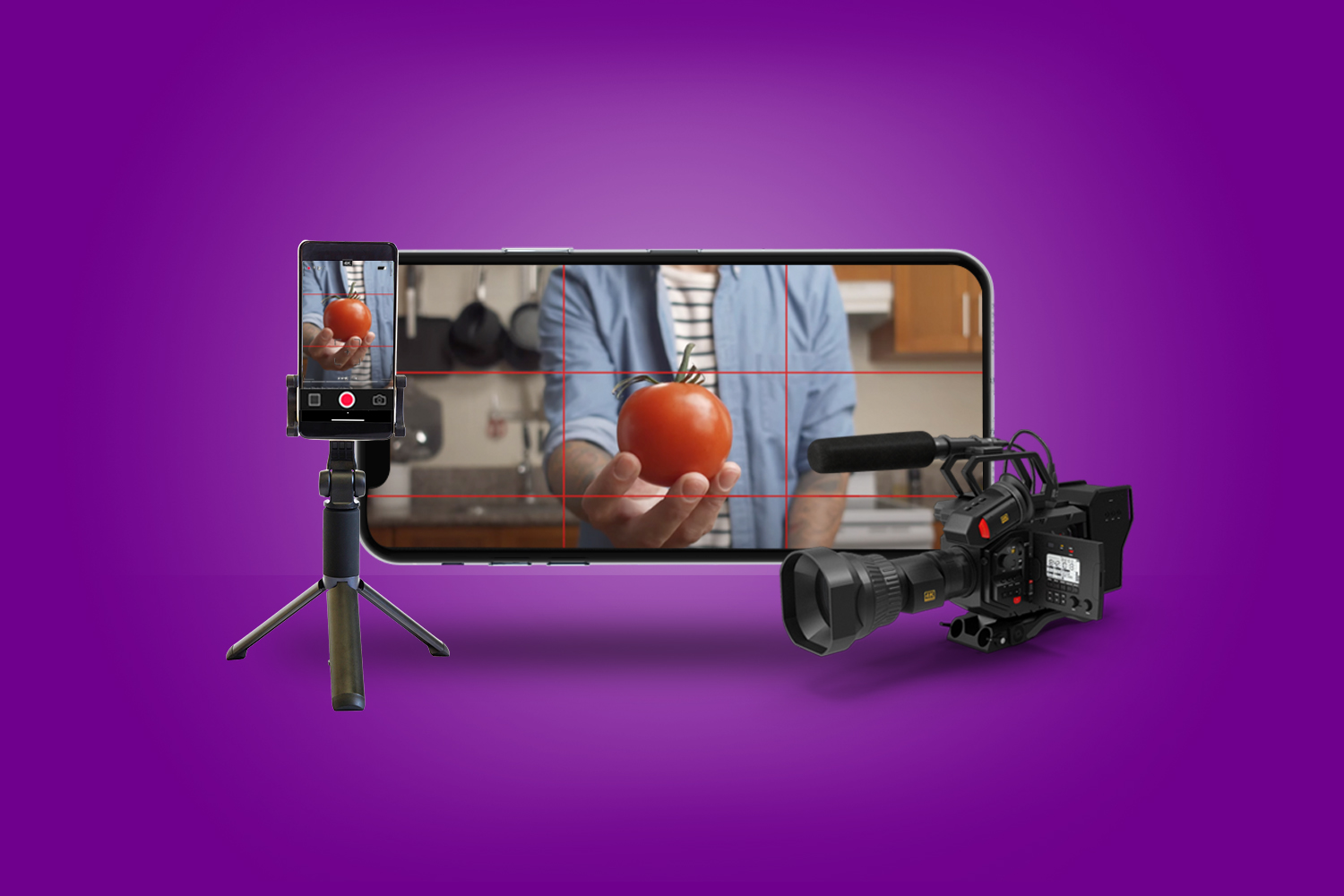Whether you’re creating product demos, customer testimonials, or thought leadership pieces, video content is an effective way to engage with your audience and convey your brand’s message.
This guide will provide tips and insights for videographers looking to create compelling B2B content that resonates with target audiences to achieve specific marketing goals.
Goals and Audience
1. Determine the Target Audience
Understanding who your audience is will help you tailor your messaging, visuals, and overall approach to resonate with them. Start by identifying the industries your clients operate in, and consider their company size, location, and job titles.
It’s also important to consider their challenges and pain points, and how your video content can help solve these problems.
Once you have a clear understanding of your target audience, you can start developing a content strategy that drives engagement and conversions.
2. What is the video’s purpose?
Do you want to increase brand awareness, generate leads, or educate your target audience about a new product or service? Once you have a clear objective in mind, think about the key message you want to convey to your audience.
Your message should be clear, concise, and relevant to your target audience. It’s also important to consider the tone and style of your video content and ensure it aligns with your brand identity.
3. How will the video be edited?
Once you have a clear understanding of the video’s objective, review the raw footage and identify the strongest shots that support that objective. Next, create a rough cut, keeping in mind the pacing, tone, and length of the platform it will be published on. Consider adding music or sound effects.
4. How will the video be distributed?
Begin by identifying what the tone of the video will be for each type of social media platform.
For example, LinkedIn is a great platform for sharing thought leadership and educational content, while Instagram is better suited for visually appealing content and product showcases. Understanding the platform will help you tailor the content to resonate best with different platforms’ audiences.
Technical Aspects to Consider
According to your video purpose and target audience, it’s important to keep in mind the following technical aspects of video creation:
1. Video Quality
Ensure the camera used is steady and the footage is smooth. Steady and clear footage is best obtained using a gimbal but in cases where one is not available a tripod can still give you a professional feel.
Proper lighting and exposure are known to be an important elements in creating quality content. However, finding it is not always an easy task.
The best time to film outside is shortly after sunrise and shortly before sunset when the sun is not too high. This is commonly referred to as the “magic hour.” You get more flattering light when the sun is lower on the horizon.
Good windows include 7-10 a.m. and 4-7 p.m. However, this varies by time of year, time zone, and location in time zone. If the sun is too high, the harsh lighting creates long unwanted shadows on your subject.
2. Background Noise
Be mindful of background noise that may be picked up by the microphone. Traffic or ambient noise can distract your audience, and drastically reduce the video’s ability to convey your message. If filming in a noisy location is required, consider using a directional microphone to minimize background noise.
3. File Format
Every social media channel has specific social media specs required when uploading content. Keep the following video specs for popular platforms like Facebook, Instagram, and YouTube in mind when creating content.
Facebook (Recommended size):
In Feed: 1280 by 720 pixels for Landscape and Portrait
Carousel Ads / Stories: 1080 by 1080 pixels
Reels: 1080×1920 or greater
Instagram:
Landscape video: 1920 by 1080 pixels (16:9 aspect ratio)
Carousel Ads / Square video: 1080 by 1080 pixels (1:1 aspect ratio)
Vertical video: 1080 by 1350 pixels (4:5 aspect ratio)
Reels: 9:16 aspect ratio recommended
Youtube:
Min size: 426 by 240 pixels
Max size: 3840 by 2160 pixels
Video Guidelines to Follow
It is recommended to film for a vertical aspect first, but where possible it’s helpful to keep a wider shot to allow cropping for all platforms.

Vertical First Content
For content on platforms like TikTok, Facebook Reels, Instagram Reels, Youtube Shorts, and Snapchat, it is important to zoom out enough when there are multiple people in a shot to ensure the video does not feel cramped or claustrophobic. Also keep in mind where important visual information will be placed, as the description and other text might run over some of the footage.

Youtube Video Composition
When composing a shot for YouTube, it is important to consider the basic principles of composition. The rule of thirds or symmetry can be used to help create visually appealing footage. The rule of thirds is a common compositional technique that divides your frame into an equal, three-by-three grid with two horizontal lines and two vertical lines that intersect at four points.
The rule of thirds grid can be turned on the back display of the camera to help ensure that the elements of focus fall within the vertical lines. This ensures that the footage can be used in both horizontal and vertical orientations, without sacrificing the overall composition of the shot.

Video content has the power to engage and inform audiences in a way that other content formats cannot. With the right approach and tools, videographers can help their clients create social media video content that will make a lasting impression on their audience and help them achieve their marketing objectives.
